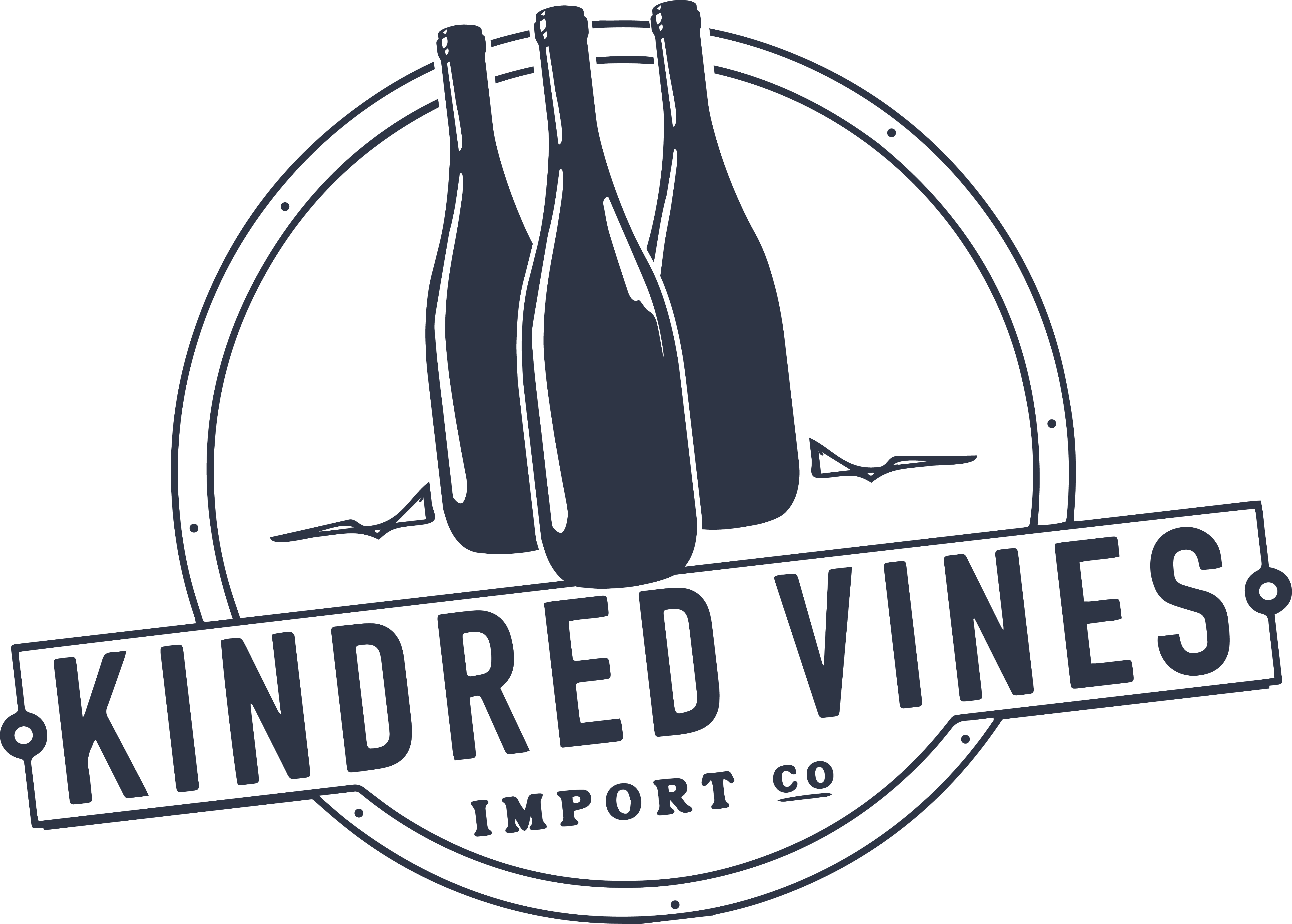Cooper’s Hawk CHV Chardonnay Reserve
| Country | Canada |
|---|---|
| Region | Lake Erie North Shore |
| Producer | Cooper's Hawk Vineyards |
| Vintage | 2016 |
| Composition | 100% Chardonnay |
| Alcohol | 13.0% |
| Residual Sugar | 1.0 g/L |
Product Enquiry
WINEMAKER’S NOTES
This wine is creamy and rich.
TASTING NOTES
Deep gold color, and aromas of caramel apple, pineapple, brioche and butterscotch. On the palate there’s pie crust, toasted hazelnuts and figs. Hints of barbecued pineapple, caramel, and buttered popcorn with a soft and silky mouthfeel.
PAIRING SUGGESTIONS
Traditional turkey dinner, butter poached lobster, shrimp scampi, creamy cheeses, sharp cheddars. Desserts – apple blossom with butterscotch sauce, creme brulee, cheesecake
VINEYARD
Cooper’s Hawk Vineyards is an estate winery located in 70 acres of land within the Lake Erie North Shore viticultural region.
VITICULTURE
Lake Erie North Shore, often abbreviated to LENS, is an appellation at the southern tip of Ontario. Covering Essex County and the Pelee Island appellation, the Designated Viticultural Area (DVA) is largely defined by water, with Lake St Clair to the north, Detroit River to the west and Lake Erie to the south. The water-moderated climate here is well-suited to the production of wines made from Riesling and Vidal, as well as Cabernet Franc and Merlot.
The main maritime influences in Lake Erie North Shore come from Lake Erie, the shallowest of the Great Lakes. The lake effect is more pronounced in these shallow waters, and the lake heats up faster in the warm summers and cools down quicker in the winter. This has a profound effect on the growing season, which starts and finishes earlier than in other parts of Ontario. Unobstructed winds from the lake during the growing season bring cooling influences, and when combined with the area’s high sunshine hours, this makes for a long, slow ripening process that allows for the development of acidity alongside rich varietal character.
Ancient glacial lakes are responsible for a wide range of geological deposits at Lake Erie North Shore. Predominantly sandy loam and heavy clay soils are layered over various gravels and limestone bedrock, providing good drainage for the vineyard sites. Ample precipitation during the growing season makes irrigation largely unnecessary, and lake-effect snow in the winter helps to insulate the dormant vines against freezes. The early onset of winter here due to cooling influences of the lake makes Lake Erie North Shore well-suited to the production of ice wine.
Wine production in Lake Erie North Shore began in the 1860s, when growers established the first vineyards in the southerly sub-region of Pelee Island, and viticultural pursuits spread quickly onto the mainland, before reaching the Niagara Peninsula.
VINIFICATION
This wine spends 14 months in new French oak barrels prior to bottling.

